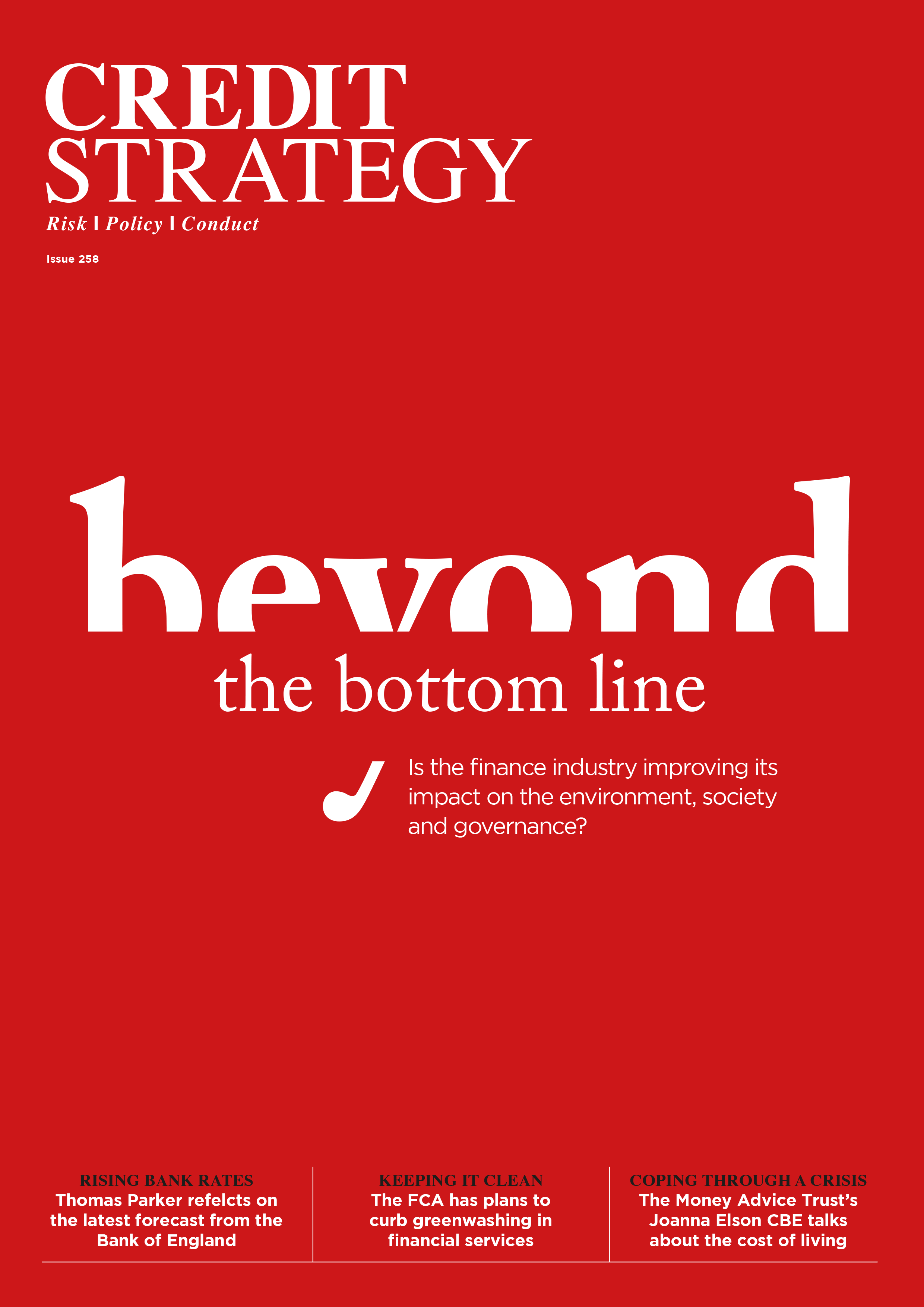Dear visitor,
You're reading 1 of your 3 free news articles this quarter
Register with us for free to get unlimited news, dedicated newsletters, and access to 5 exclusive Premium articles designed to help you stay in the know.
Join the UK's leading credit and lending community in less than 60 seconds.
Increase in net borrowing of mortgage debt
Borrowing of mortgage debt by individuals increased by £1bn between July and August, according to the Bank of England’s latest money and credit statistical release.

Senior Journalist, covering the Credit Strategy and Turnaround, Restructuring & Insolvency News brands.
This figure increased from £5.1bn to £6.1bn and remains above its 12-month pre-pandemic average up to February 2020 of £4.3bn. Both gross lending and repayments didn’t change much at £25.4bn and £20.4bn respectively.
Additionally, house purchase approvals, used as an indicator of future borrowing, increased by more than 10,000 between July and August - going up from 63,700 to 74,300. This is also above the 12-month pre-pandemic average of 66,800.
Looking at consumer credit, individuals borrowed £1.1bn in August - which remains above the 12-month pre-pandemic average of £1bn. This was split between the £700m made on credit cards and the £400m through other forms of consumer credit.
Additionally, the annual growth rate for all consumer credit remained at seven percent - the highest rate since March 2019, with the annual growth rate of credit card borrowing also remaining unchanged at 12.9% - the highest since October 2005. The annual growth rate of other forms of consumer credit, meanwhile, saw little change at 4.5%.
As for the rates on new personal loans to individuals, these decreased by five basis points to 6.84% in August - but remained close to the February 2020 level of 6.90%. The effective rate on interest-bearing credit cards however increased to 18.66% in August - with this still sitting above the February 2020 level of 18.55%.
Households, meanwhile, deposited an additional £3.2bn with banks and building societies in August. Within this, flow into time deposits remained positive, but weakened significantly in the month to £800m from the £2.9bn figure seen in July.
In contrast, flows into interest-bearing sight deposits increased slightly from £500m in July to £800m in August.
Looking at company borrowing rates, UK non-financial businesses borrowed £7.7bn of bank and building society loans in August, on net, compared to £2bn of repayments in July. This is the highest flow of borrowing since April 2020.
Within this, large non-financial businesses borrowed - on net - £7.7bn, compared to £1.7bn in repayments in July. In addition, net repayments by small and medium-sized non-financial enterprises (SMEs) went to net zero in August, reducing from the £300m made in net repayments in July.
Alongside this, the annual growth rate of borrowing by large businesses increased by 2.8% to 8.2%, while for SMEs it rose by 0.3% to -4.3%.
Stay up-to-date with the latest articles from the Credit Strategy team
Get the latest industry news






